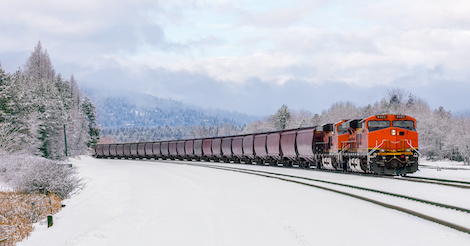Wall Street Journal’s Logistics Report stated that the Association of American Railroads recorded the highest ever volume of average weekly intermodal units carried by U.S. railroads in January. The number was 293,305 and represented a 12.1% increase year-over-year. So, why did this happen, and what can be assumed from the increase in intermodal rail volume?
We all know truckload capacity softens in January and February each year because of supply and demand. Knowing January experienced a double-digit increase in rail YoY, we can assume that truckload capacity is bouncing back slower than it typically would. Shippers are still experiencing higher than normal freight costs and tender rejection rates, so they are tapping into other modes to move goods.
We can also assume that shippers are trying to rebound from massive transportation budget overages in 2020. Freight spot rates sky-rocketed in Q3-Q4 2020. Shippers are now looking for ways to generate transportation saving
shippe
Either way, one thing is clear. It’s become more difficult to manage a healthy balance between transportation/ logistics costs and service levels– especially during market swings. Shippers need new options to effectively manage soft and tight freight markets to their advantage, not to the advantage of everyone else. In early 2020, shippers overpaid on contracted freight when Covid shut down plants across America. In late 2020, a large portion of freight shifted into spot because contacted carriers didn’t hold their rates and commitments. Primary carriers, and brokers, seized the moment to increase freight rates to the highest they’ve ever been. New technology now makes it possible for shippers to add capacity while balancing freight cost and quality service levels throughout the year– regardless of market conditions.
Schedule OTS Demo. click here
Learn More About OTS. click here
Join our newsletter. click here

